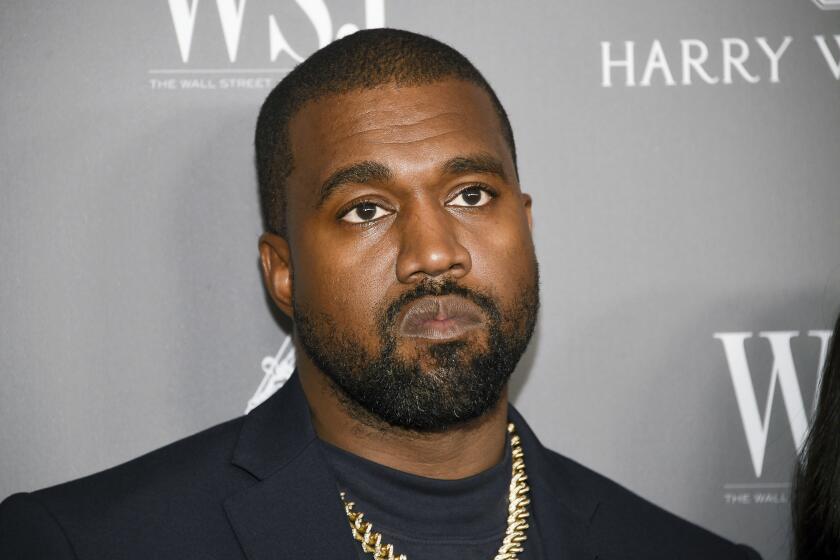Here’s everything you ever wanted to know about Bob Dylan -- one letter at a time.
Peter, Paul and Mary had a hit with their cover of “Blowin’ in the Wind.” The song also ushered in an era of Dylan’s topical, protest songs. (Photo by Michael Ochs Archives/Getty Images)
Dylan signed with Columbia Records in 1961 and is still releasing albums under the label, save for a brief stint on Asylum in 1973. (Photo by Blank Archives/Getty Images)
“Don’t Look Back,” the penultimate music documentary directed by D. A. Pennebaker follows Dylan on his 1965 U.K. tour. The film chronicles the end of Dylan and Joan Baez’s romantic relationship and showcases his brutal treatment of the unsuspecting media.
(Photo by Michael Ochs Archives/Getty Images)Advertisement
Dylan first gained recognition in the coffee houses of New York’s Greenwich Village. (Photo by Michael Ochs Archives/Getty Images)
The protest song and subsequent benefit concert increased public awareness around the imprisonment of boxer Rubin “Hurricane” Carter. Charged with a triple murder, Carter’s trial was marred with accusations of racism and evidence tampering. In 1988, all charges were dropped against Carter. (Photo by Blank Archives/Getty Image)
Dylan’s masterful break-up record, “Blood on the Tracks,” features the scathing send-off “Idiot Wind.” Coinciding with the separation from his wife Sara Lownds, Dylan is extra bitter. (Photo by Evening Standard/Getty Images)
Bob Dylan was one of the Kennedy Center Honorees in 1997 alongside Lauren Bacall, and Edward Villella, Jessye Norman and Charlton Heston.
(Brian K. Diggs/AP)Advertisement
Dylan sang alongside Joan Baez at the Lincoln Memorial during the March on Washington for Jobs and Freedom in 1963. Martin Luther King, Jr. delivered his “I Have a Dream” speech at this event. (Rowland Scherman / Getty Images)
In 1966 Dylan crashed his Triumph motorcycle, spurring rumors of near-fatal injuries. While not as serious as first reported, Dylan used the opportunity to take a break from touring to raise a family and spend time at home in Woodstock, New York.
(Pierre Godot / AP)
The unofficial name for Dylan’s current tour. It started in 1988 and is still going strong. He plays over 100 gigs a year.
(Domench Castello/EPA)Dylan eschewed his Jewish upbringing and became a born-again Christian, releasing non-secular albums, “Slow Train Coming” and “Saved” in the early 80s. (Photo by Kevin Winter/Getty Images)
Advertisement
Scorsese helmed the documentary film No Direction Home. Not a comprehensive look at Dylan’s career (it only covers his arrival in New York to his motorcycle accident), the film features interviews with Dylan, Allen Ginsberg, Suze Rotolo, Joan Baez, Pete Seeger and Dave Van Ronk. (Photo by Jemal Countess/Getty Images)
Dylan participated in MTV’s long-running “Unplugged” series in 1994. (Photo by Frank Micelotta/Getty Images)
Dylan’s musical idol. Dylan traveled to New York in 1961 to visit the “This Land is Your Land” songwriter in the hospital. He was suffering from Huntington’s disease. (Photo by Michael Ochs Archives/Getty Images)
Dylan’s real name is Robert Allen Zimmerman.
(Matt Sayles / AP)






